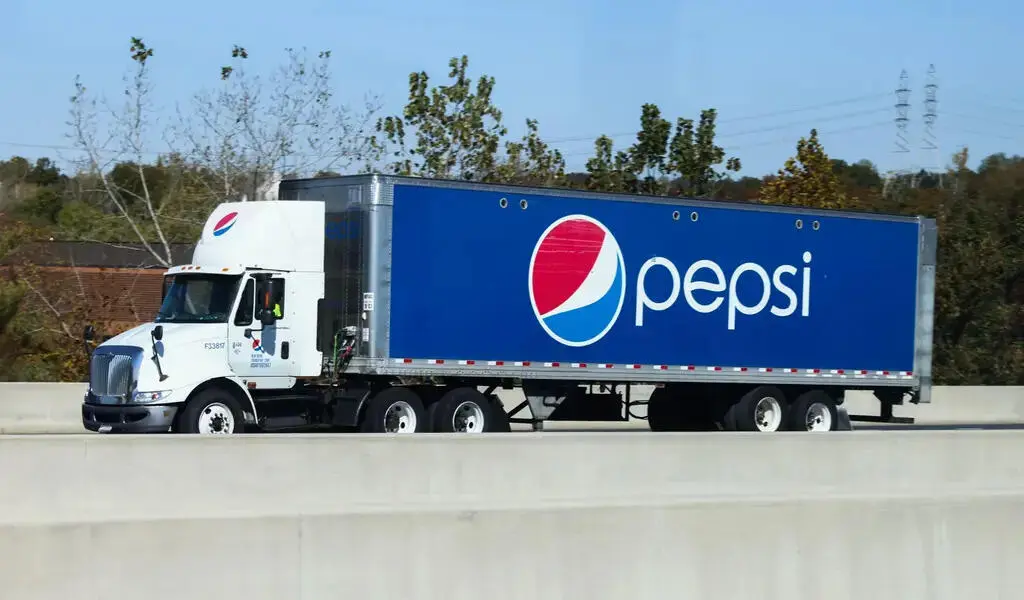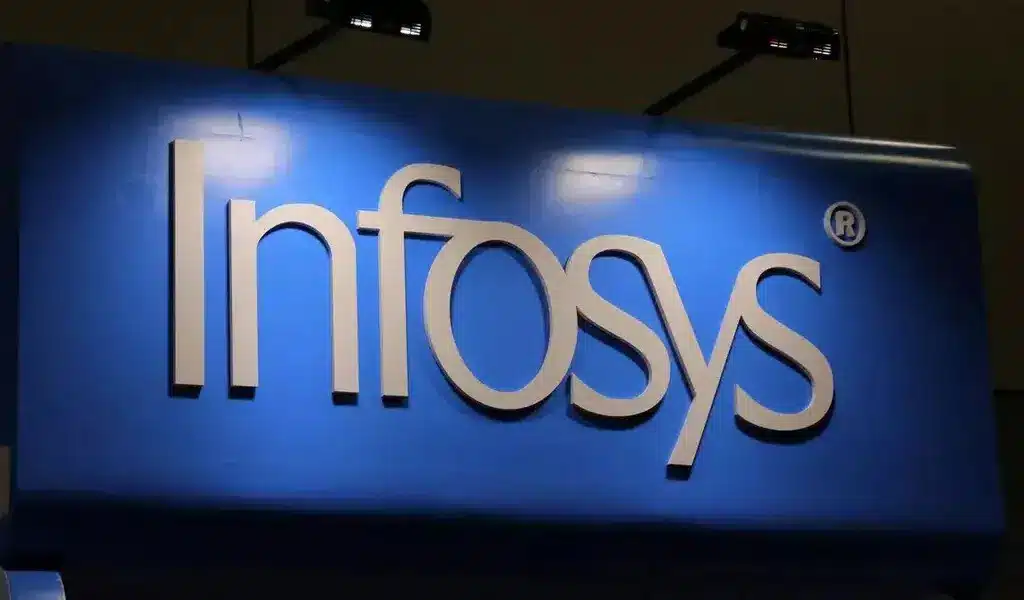Business
Carriers Blame Supply Chain Problems for Soaring Airfares

Passengers will see little respite from soaring airfares as carriers face a shortage of planes, labour and spare parts that will prevent them meeting booming travel demand.
In a report on the outlook for global aviation, ING Bank NV depicted an industry hamstrung on several fronts by lingering supply-chain constraints. Air travel is likely to exceed pre-pandemic levels this year, though manufacturing woes at Boeing and defects on Pratt & Whitney engines are limiting the availability of aircraft and taking the shine off the recovery.
There’s a record backlog of orders at Airbus SE and Boeing, and demand for second-hand aircraft is also rising, ING said. That’s driving up leasing rates for planes, especially workhorses like Boeing 737s and Airbus A321s. Meanwhile, a shortage of qualified workers means retrofits or refurbishments of older aircraft are also being delayed, the bank said.
Airlines across the world are rethinking growth plans, and even cutting flights, due to the ongoing supply chain problems. In the Asia-Pacific region alone, Singapore Airlines, Qantas Airways and Air New Zealand have been hit by aircraft delivery delays, unplanned engine maintenance and other snarls.
“The global airline fleet hasn’t managed to keep up with demand and that’s not over yet,” ING sector economist Rico Luman and credit strategist Oleksiy Soroka wrote in the report. “Against the backdrop of capacity constraints, pricing power remains with carriers.”
Travelers paying the high airfares
So far, passengers seem willing to foot the bill for the soaring airfares. Globally, air ares are likely to remain elevated and in Europe ticket prices outpaced inflation by 15% in early 2024, the report said.
“People across the world are seemingly keen to travel and prioritise their trips despite more expensive tickets,” it said.
Delivery delays, extra maintenance, extreme weather, geopolitics and labor tensions will weigh on airlines’ profitability this year.
Industry’s emissions will likely end up close to pre-pandemic levels this year. Despite increased awareness of aviation’s emissions, few people want to give up flying, especially among the younger generation.
India’s growing population and rising wealth will make the country a “powerhouse for future airline growth”.
Sustainable jet fuel promises amount to “Green Washing”
Hopes that airplane replacement fuels will reduce carbon pollution are misplaced, and backing for these alternatives may exacerbate the climate catastrophe, according to a new analysis.
According to a report by the Institute for Policy Studies, there is currently “no realistic or scaleable alternative” to standard kerosene-based jet fuels, and touted “sustainable aviation fuels” are far from replacing them in the time frame required to avert dangerous climate change, despite public subsidies.
“While there are kernels of possibility, we should bring a high level of skepticism to the claims that alternative fuels will be a timely substitute for kerosene-based jet fuels,” the report stated.
According to Chuck Collins, co-author of the paper, “Bringing these fuels to the scale needed would require massive subsidies, the trade-offs would be unacceptable, and resources would be diverted from more urgent decarbonization priorities.”
“The aviation sector has engaged in extensive green washing. It’s magical thinking to believe they’ll be able to do this.”
In the United States, Joe Biden’s administration has set a goal of producing three billion gallons of sustainable aviation fuel by 2030, using non-petroleum sources such as food waste, woody biomass, and other feedstocks.
The administration claims that this will reduce aviation’s greenhouse-gas emissions by 20%. Globally, flying accounts for approximately 2% of all emissions, with the world’s wealthiest people being the primary perpetrators of this type of pollution.
According to the latest analysis, meeting this sustainable fuel aim will necessitate a massive 18,887 percent increase in production this decade, based on 2022 levels.
This is despite significant recent taxpayer backing – last week, the US Congress decided to extend the Federal Aviation Administration’s authorization for another five years, including increased money for sustainable aviation fuel development. Tax reductions for producing these fuels are also available under the Inflation Reduction Act.
Several airlines have included goals for sustainable aviation fuels in their pledges to reduce pollution. Last year, Virgin Atlantic made headlines by flying the first transatlantic flight utilizing only these fuels, rather than a blend with standard jet fuel.

Business
PepsiCo Reduces Revenue Projections As North American Snacks And Key International Markets Underperform.

(VOR News) – In the third quarter of this year, Pepsi’s net income was $2.93 billion, which is equivalent to $2.13 per share. This was attributed to the company.
This is in stark contrast to net income of $3.09 billion, which is equivalent to $2.24 per share, during the same period in the previous year. The company’s earnings per share were $2.31 when expenses were excluded.
Net sales decreased by 0.6%, totaling $23.32 billion. Organic sales increased by 1.3% during the quarter when the effects of acquisitions, divestitures, and currency changes are excluded.
Pepsi’s beverage sales fell this quarter.
The most recent report indicates that the beverage and food sectors of the organization experienced a 2% decline in volume. Consumers of all income levels are demonstrating a change in their purchasing habits, as indicated by CEOs’ statements from the previous quarter.
Pepsi’s entire volume was adversely affected by the lackluster demand they encountered in North America. An increasing number of Americans are becoming more frugal, reducing the number of snacks they ingest, and reducing the number of times they purchase at convenience stores.
Furthermore, Laguarta observed that the increase in sales was partially attributed to the election that occurred in Mexico during the month of June.
The most significant decrease in volume was experienced by Quaker Foods North America, which was 13%. In December, the company announced its initial recall in response to a potential salmonella infection.
Due to the probability of an illness, the recall was extended in January. Pepsi officially closed a plant that was implicated in the recalls in June, despite the fact that manufacturing had already been halted.
Jamie Caulfield, the Chief Financial Officer of Pepsi and Laguarta, has indicated that the recalls are beginning to have a lessening effect.
Frito-Lay experienced a 1.5% decline in volume in North America. The company has been striving to improve the value it offers to consumers and the accessibility of its snack line, which includes SunChips, Cheetos, and Stacy’s pita chips, in the retail establishments where it is sold.
Despite the fact that the category as a whole has slowed down in comparison to the results of previous years, the level of activity within the division is progressively increasing.
Pepsi executives issued a statement in which they stated that “Salty and savory snacks have underperformed year-to-date after outperforming packaged food categories in previous years.”
Pepsi will spend more on Doritos and Tostitos in the fall and winter before football season.
The company is currently promoting incentive packets for Tostitos and Ruffles, which contain twenty percent more chips than the standard package.
Pepsi is expanding its product line in order to more effectively target individuals who are health-conscious. The business announced its intention to acquire Siete Foods for a total of $1.2 billion approximately one week ago. The restaurant serves Mexican-American cuisine, which is typically modified to meet the dietary needs of a diverse clientele.
The beverage segment of Pepsi in North America experienced a three percent decrease in volume. Despite the fact that the demand for energy drinks, such as Pepsi’s Rockstar, has decreased as a result of consumers visiting convenience stores, the sales of well-known brands such as Gatorade and Pepsi have seen an increase throughout the quarter.
Laguarta expressed his opinion to the analysts during the company’s conference call, asserting, “I am of the opinion that it is a component of the economic cycle that we are currently experiencing, and that it will reverse itself in the future, once consumers feel better.”
Additionally, it has been noted that the food and beverage markets of South Asia, the Middle East, Latin America, and Africa have experienced a decline in sales volume. The company cut its forecast for organic revenue for the entire year on Tuesday due to the business’s second consecutive quarter of lower-than-anticipated sales.
The company’s performance during the quarter was adversely affected by the Quaker Foods North America recalls, the decrease in demand in the United States, and the interruptions that occurred in specific international markets, as per the statements made by Chief Executive Officer Ramon Laguarta.
Pepsi has revised its forecast for organic sales in 2024, shifting from a 4% growth rate to a low single-digit growth rate. The company reiterated its expectation that the core constant currency profitability per share will increase by a minimum of 8% in comparison to the previous year.
The company’s shares declined by less than one percent during premarket trading. The following discrepancies between the company’s report and the projections of Wall Street were identified by LSEG in a survey of analysts:
SOURCE: CNBC
SEE ALSO:
Old National Bank And Infosys Broaden Their Strategic Partnership.
Business
Old National Bank And Infosys Broaden Their Strategic Partnership.

(VOR News) – Old National Bank, a commercial bank with its headquarters in the Midwest, and Infosys, a firm that specializes in information technology, have recently entered into a strategic expansion of their link, which has been in place for the past four years.
This expansion is more likely to take place sooner rather than later, with the likelihood being higher.
For the purpose of making it possible for Old National Bank to make use of the services, solutions, and platforms that are offered by Infosys, the objective of this expansion is to make it possible for the bank to transform its operations and processes through the application of automation and GenAI, as well as to change significant business areas.
This lets the bank leverage Infosys’ services, solutions, and platforms.
Old National Bank Chairman and CEO Jim Ryan said, “At Old National, we are committed to creating exceptional experiences for both our customers and our fellow employees.”
This statement is applicable to Old National Bank. Infosys is carefully managing the business process innovations that it is putting us through, putting a strong emphasis on efficiency and value growth throughout the process to ensure that it is carried out efficiently.
This is a routine occurrence throughout the entire operation. Because of Infosys’ dedication to our development and success, we are incredibly appreciative of the assistance they have provided.
Old National has been receiving assistance from Infosys in the process of updating its digital environment since the year 2020, according to the aforementioned company.
Ever since that time, the company has been providing assistance. The provision of this assistance has been accomplished through the utilization of a model that is not only powerful but also capable of functioning on its own power.
Infosys currently ranks Old National thirty-first out of the top thirty US banks.
This ranking is based on the fact that Old National is the nation’s largest banking corporation.
It is estimated that the total value of the company’s assets is approximately fifty-three billion dollars, while the assets that are currently being managed by the organization are valued at thirty billion dollars.
Dennis Gada, the Executive Vice President and Global Head of Banking and Financial Services, stated that “Old National Bank and Infosys possess a robust cultural and strategic alignment in the development, management, and enhancement of enterprise-scale solutions to transform the bank’s operations and facilitate growth.”
This remark referenced the exceptional cultural and strategic synergy between the two organizations. Dennis Gada is the one who asserted this claim. This was articulated explicitly concerning the exceptional cultural congruence and strategy alignment of the two organizations.
We are pleased to announce that the implementation of Infosys Topaz will substantially expedite the transformation of Old National Bank’s business processes and customer service protocols. We are exceedingly enthusiastic about this matter. We are quite thrilled about this specific component of the scenario.
Medium-sized banks operating regionally will continue to benefit from our substantial expertise in the sector, technology, and operations. This specific market segment of Infosys will persist in benefiting from our extensive experience. This phenomenon will enable this market sector to sustain substantial growth and efficiency benefits.
SOURCE: THBL
SEE ALSO:
American Water, The Largest Water Utility In US, Is Targeted By A Cyberattack
States Sue TikTok, Claiming Its Platform Is Addictive And Harms The Mental Health Of Children
Qantas Airways Apologizes After R-Rated Film Reportedly Airs On Every Screen During Flight
Business
American Water, The Largest Water Utility In US, Is Targeted By A Cyberattack

The largest regulated water and wastewater utility company in the United States stated Monday that it had been the target of a cyberattack, forcing the company to halt invoicing to consumers.
American Water, The Largest Water Utility In US, Is Targeted By A Cyberattack
American Water, based in New Jersey and serving over 14 million people in 14 states and 18 military facilities, said it learned of the unauthorized activity on Thursday and quickly took precautions, including shutting down certain systems. The business does not believe the attack had an impact on its facilities or operations and said employees were working “around the clock” to determine the origin and scale of the attack.

According to their website, American Water operates over 500 water and wastewater systems in around 1,700 communities across California, Georgia, Hawaii, Illinois, Indiana, Iowa, Kentucky, Maryland, Missouri, New Jersey, Pennsylvania, Tennessee, Virginia, and West Virginia.
SOURCE | AP
-

 News3 years ago
News3 years agoLet’s Know About Ultra High Net Worth Individual
-
Entertainment2 years ago
Mabelle Prior: The Voice of Hope, Resilience, and Diversity Inspiring Generations
-

 Health4 years ago
Health4 years agoHow Much Ivermectin Should You Take?
-

 Tech2 years ago
Tech2 years agoTop Forex Brokers of 2023: Reviews and Analysis for Successful Trading
-

 Lifestyles3 years ago
Lifestyles3 years agoAries Soulmate Signs
-

 Movies2 years ago
Movies2 years agoWhat Should I Do If Disney Plus Keeps Logging Me Out of TV?
-

 Health3 years ago
Health3 years agoCan I Buy Ivermectin Without A Prescription in the USA?
-

 Learning3 years ago
Learning3 years agoVirtual Numbers: What Are They For?